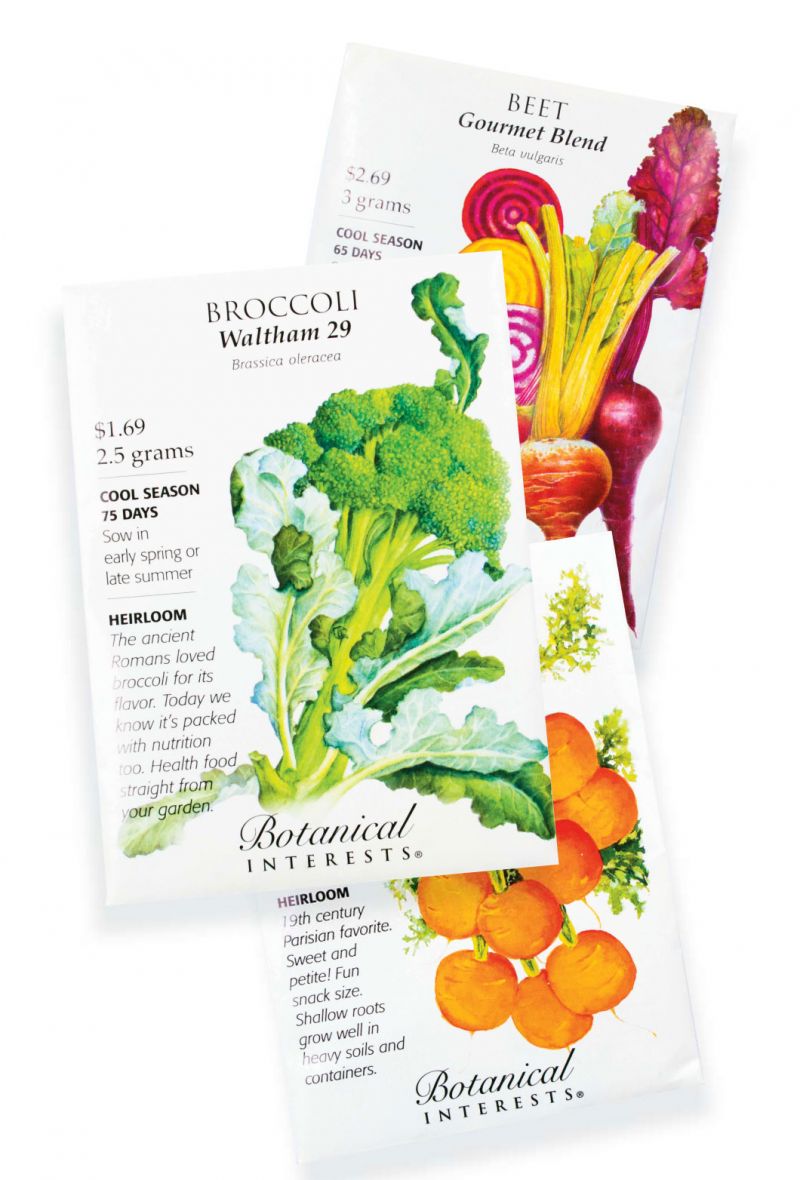
❶ Select quality seeds for the Southern climate (zones 8a, 8b, 9a)—local garden centers are the ideal place to find them.
❷ Chose a container with good drainage that can hold at least three to four inches in depth of soil.
❸ Use a soilless growing mix to fill the seed container, leaving at least 1/2-inch of room at the top. Water.
❹ Carefully follow seed packet instructions to plant.
❺ Water again for good seed-to-soil contact. Place container in a South-facing window with bright light or under grow lamps. Seedlings prefer temps around 75˚F.
❻ Keep seeds moist until germination. It’s time to transplant when seedlings have their second set of leaves. Gently transfer sprouts into small pots (with good drainage) filled with lightweight, nutrient-rich potting soil. When the roots fill the pot, transplant into the garden.
Ask an Expert:
My orchid’s leaves are turning yellow. What’s wrong with it?
“This can happen to a moth orchid (Phalaenopsis) for many reasons. It may simply be caused by the natural growth cycle, which includes shedding of older leaves. If this is the case, you will see new growth. As for other causes? If the plant’s top leaves are yellow on the surface, resembling sunburn, they may be getting scorched; orchids need bright yet indirect light. But if the greenery is wrinkled and withered, too, dehydration is likely to blame—give it a drink. Orchids need about a quarter-cup of water per week.”
—Joan McDonald, garden editor